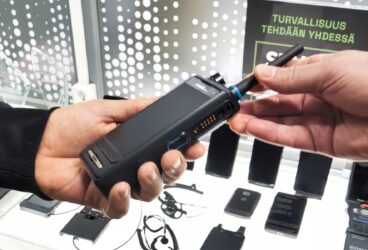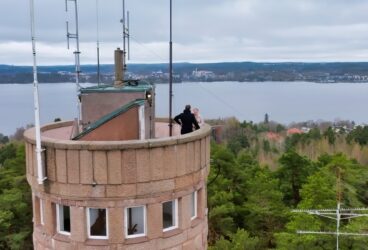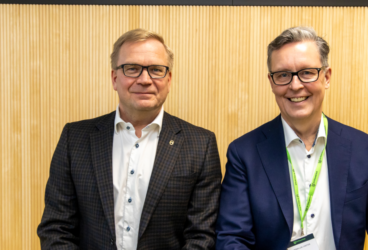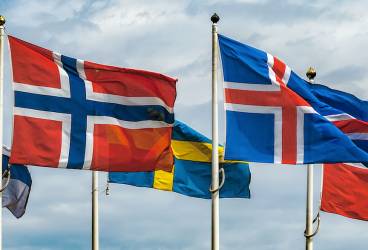Yle trusts Virve communications

“In a live broadcast, every second matters. Election night broadcasts demand a lot from the reporters, as they need to react immediately to changing situations,” says Aki Karjalainen, Head of Yle Central Finland & Yle Southern Savonia.

The Finnish and European Parliament elections in the spring 2019 were a major effort for Yle, the Finnish public service media company. Election broadcasts were live, and regional units were strongly involved in the election night programmes. The success of the broadcast was guaranteed by careful planning and preparation, some two hundred Yle employees and reliable communications connections between the director and the units.
Virve is one of the command systems used by Yle. Communications had to be seamless and secure between the director and the reporters.
Reliable communications for election broadcasts
On the night of the parliamentary elections, Virve was used by some fifty Yle employees in several different talk groups. Virve was used in the nationwide TV broadcast, regional radio programmes and a separate Areena broadcast in Central Finland. The nationwide broadcast also contacted the regional election studios throughout the evening. The Virve connections worked flawlessly.

“The Areena broadcast was something new to us. We wanted to show the atmosphere of the election night to the audience of our own region in particular. In addition to reporting the results, we also got to do some analysis and interviewed people from different walks of society and life,” Karjalainen says.
Virve was also used in the European Parliament election result broadcasts. According to Karjalainen, the broadcasts were typically cyclic: the publishing of the results and forecasts causes a “peak” that triggers the team. Comments, analyses, data and interviews were needed. The peak was followed by a quiet period.
“It required a lot of professional skill from a reporter to use the time in an interesting way, both amidst a hurry and during the calmer phases,” Karjalainen says.
Yle uses Virve on a daily basis
Virve has been used at Yle for years. Jari Tanskanen, a news and current affairs reporter, is responsible for planning and training relating to the use of Virve at Yle.

“On the parliamentary election night, Virve was used as the command system of the units in all wireless communications. Here, the chief sound designer determines which systems we use and how,” Tanskanen says
According to Tanskanen, Yle uses Virve because it is nationwide, real-time and disturbance-free. Virve is involved in the day-to-day reporting work. The routine use of Virve also guaranteed smooth messaging on the hectic election night when the use was more frequent.
In addition to news operations, the secure tool is also used for Yle’s statutory danger announcements. At the same time, preparations are made for public service broadcasting during crises and states of emergency.
“Virve is a management tool in exceptional news situations as well, relaying the situational picture from the field to the news managers,” Tanskanen points out.
Virve 2.0 will provide new opportunities
From the point of view of Yle, Virve’s strengths currently include joint talk groups and well-planned operation. In live broadcasts, for example, it makes the director’s work easier when connection to the field is made by pressing a single button. In addition, Virve has no delay: when connection to a talk group is opened, the recipient’s terminal device reacts right away.
Virve will become broadband in the years to come. The change will introduce new services besides voice and SDS messages to Virve users. In the future, it will be possible to relay live image, for example.
Yle closely monitors the development of Virve.
“Virve 2.0 will certainly open up new opportunities We are naturally hoping for a single terminal device model. I think that especially rapid operations and news situations need mobile data,” Jari Tanskanen says.
Aki Karjalainen agrees.
“Our reporters are often there when something is happening. In news situations, first-hand information received from the field, also as images and video, improves the situational picture. When as accurate data as possible is obtained from the field, the editorial staff can also make journalistic decisions easier.”






